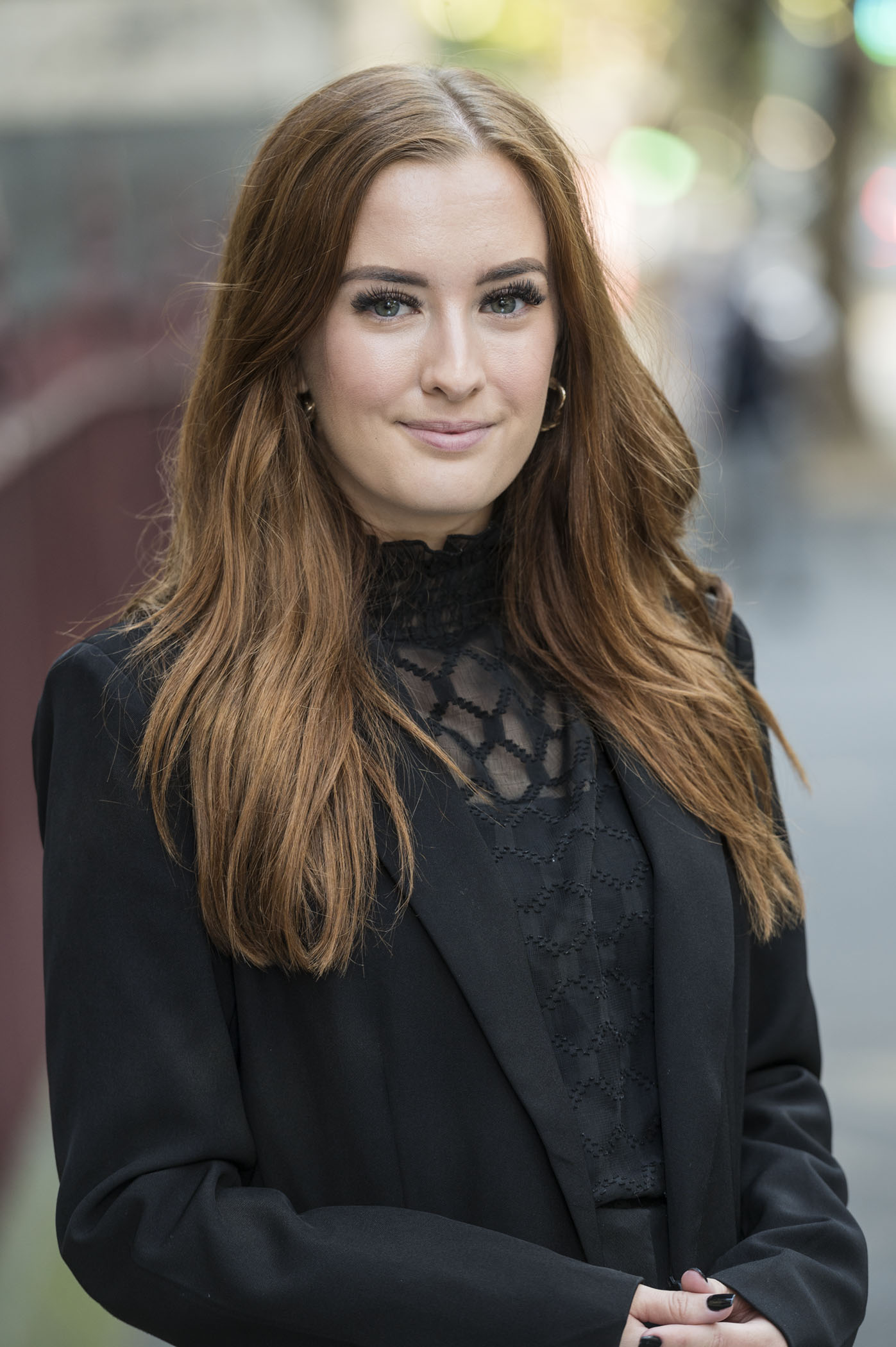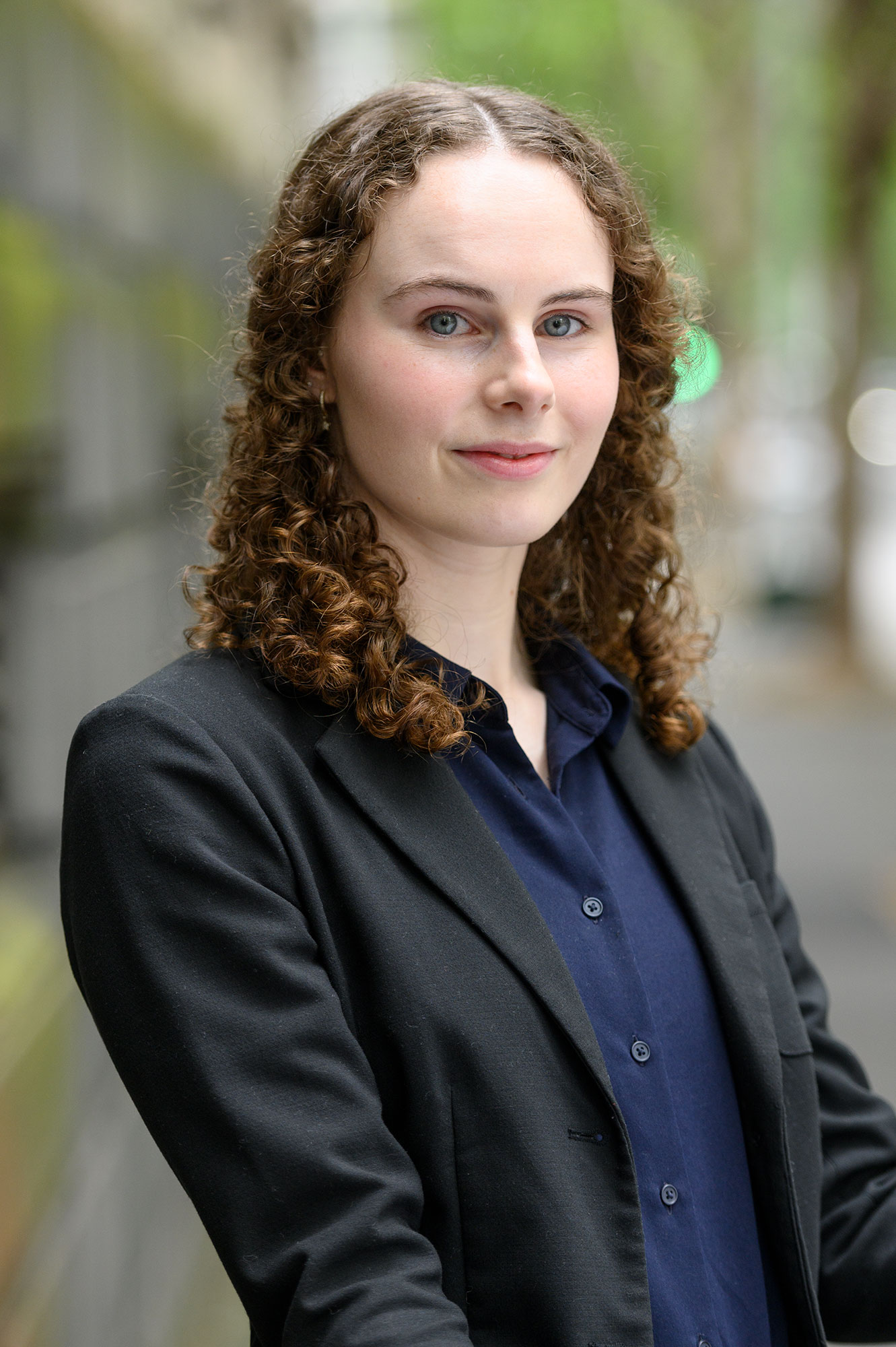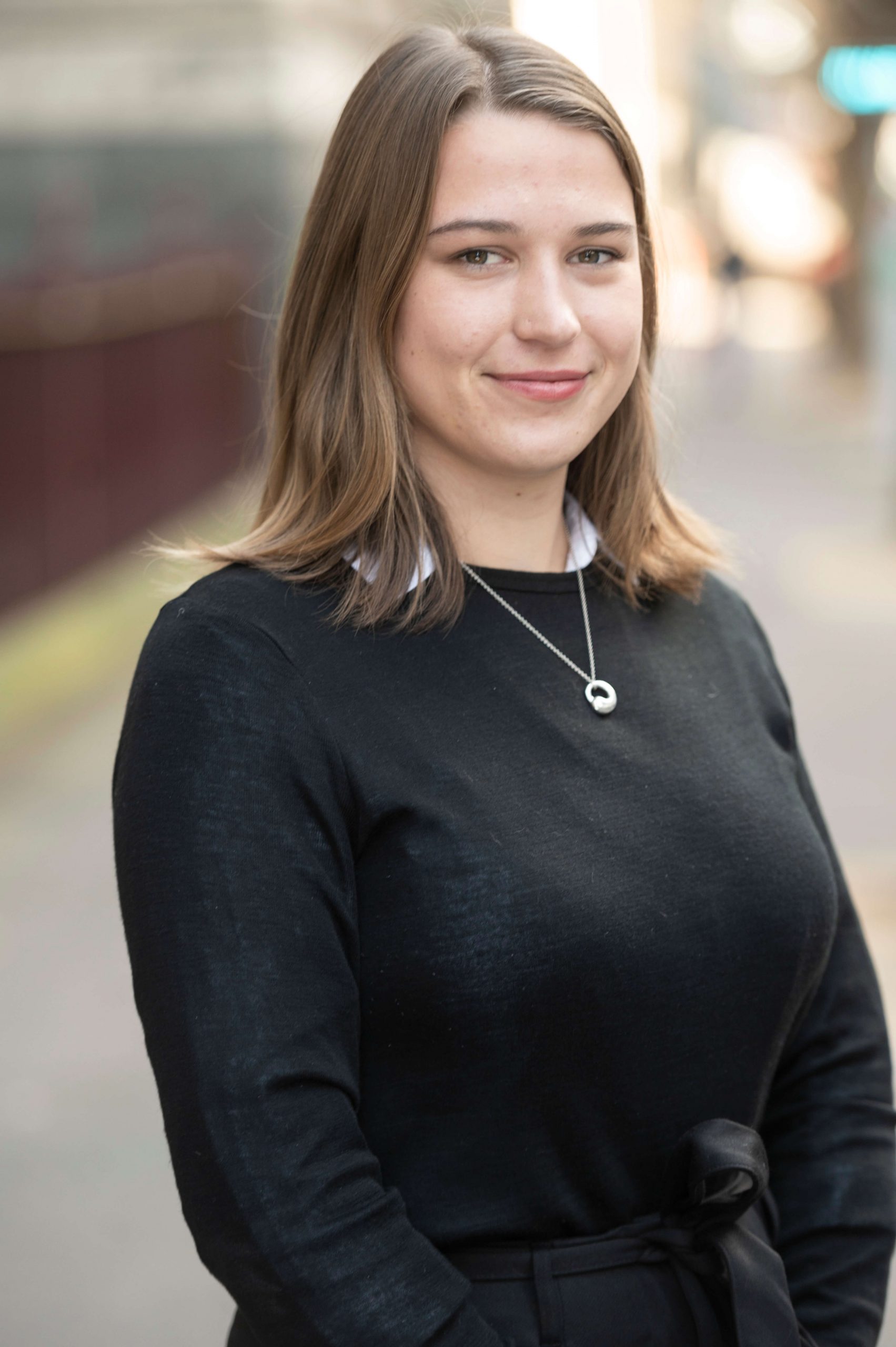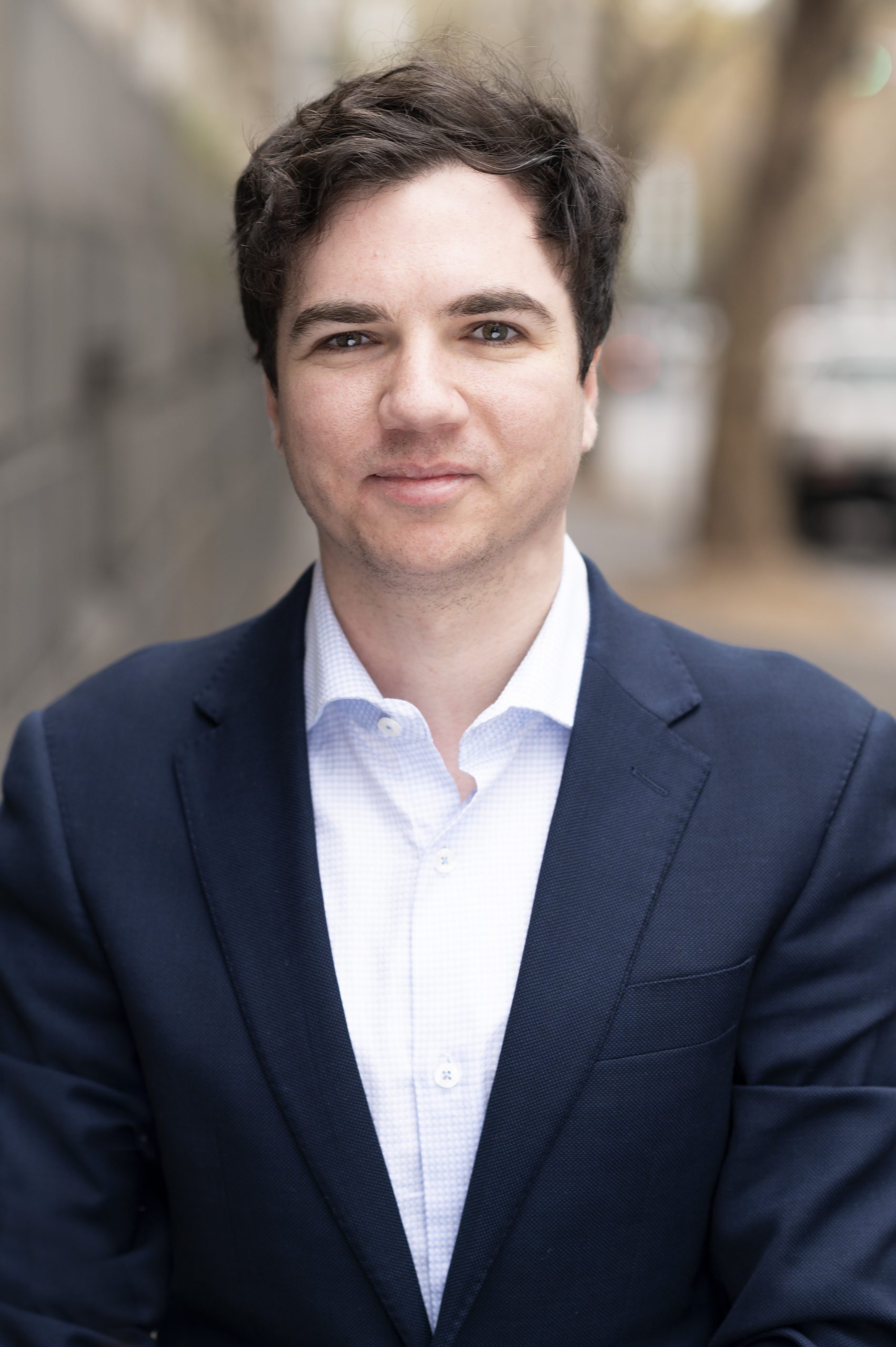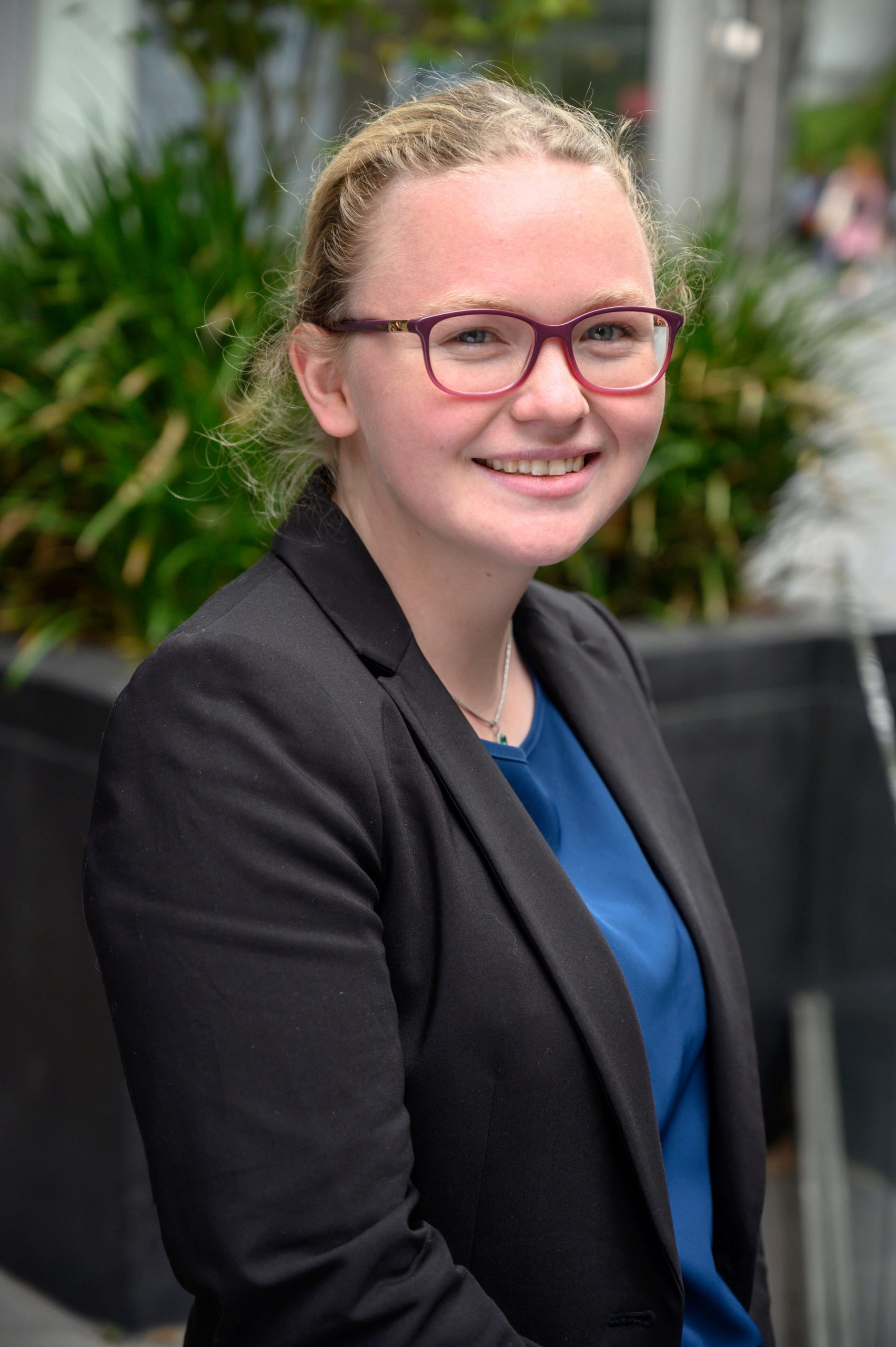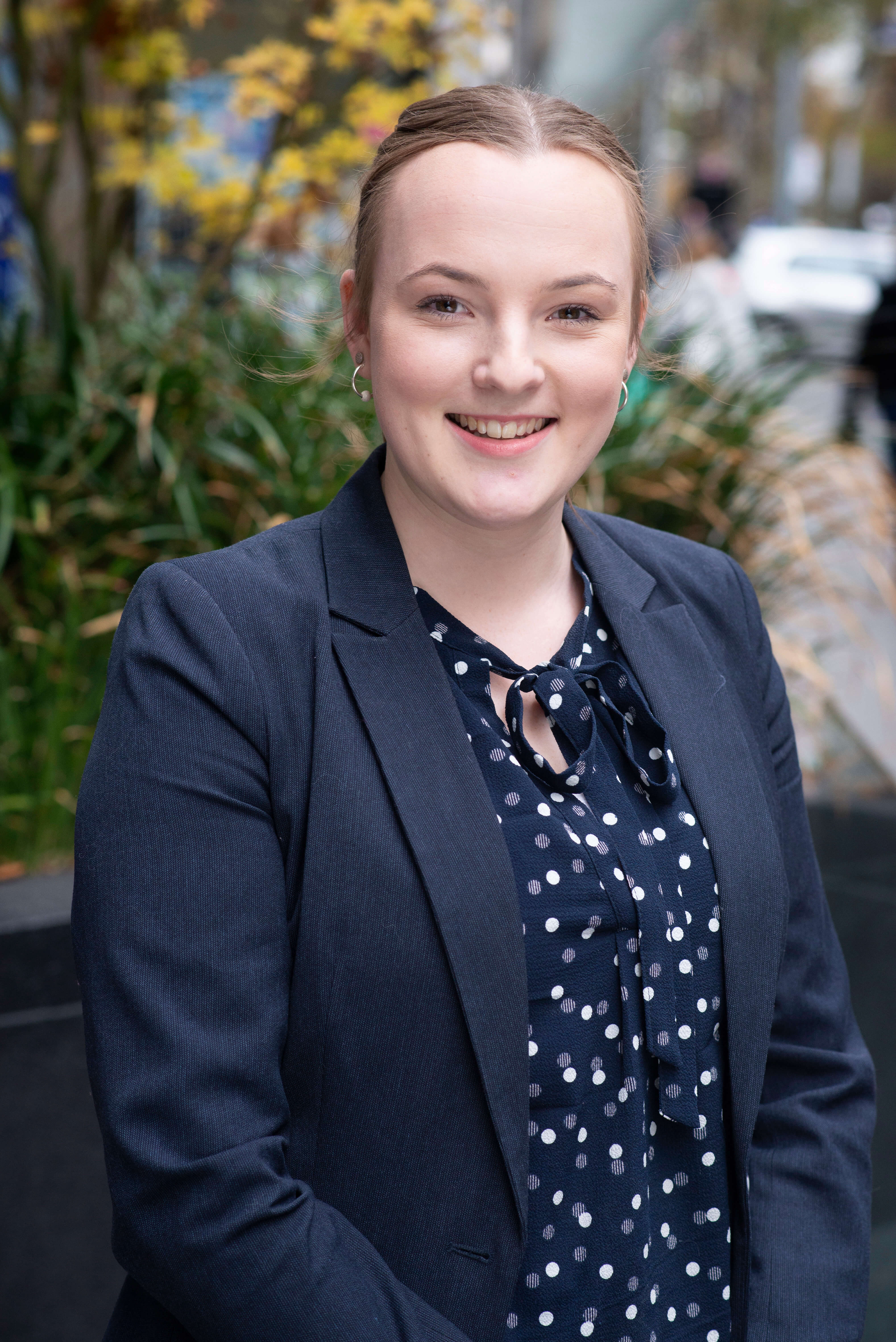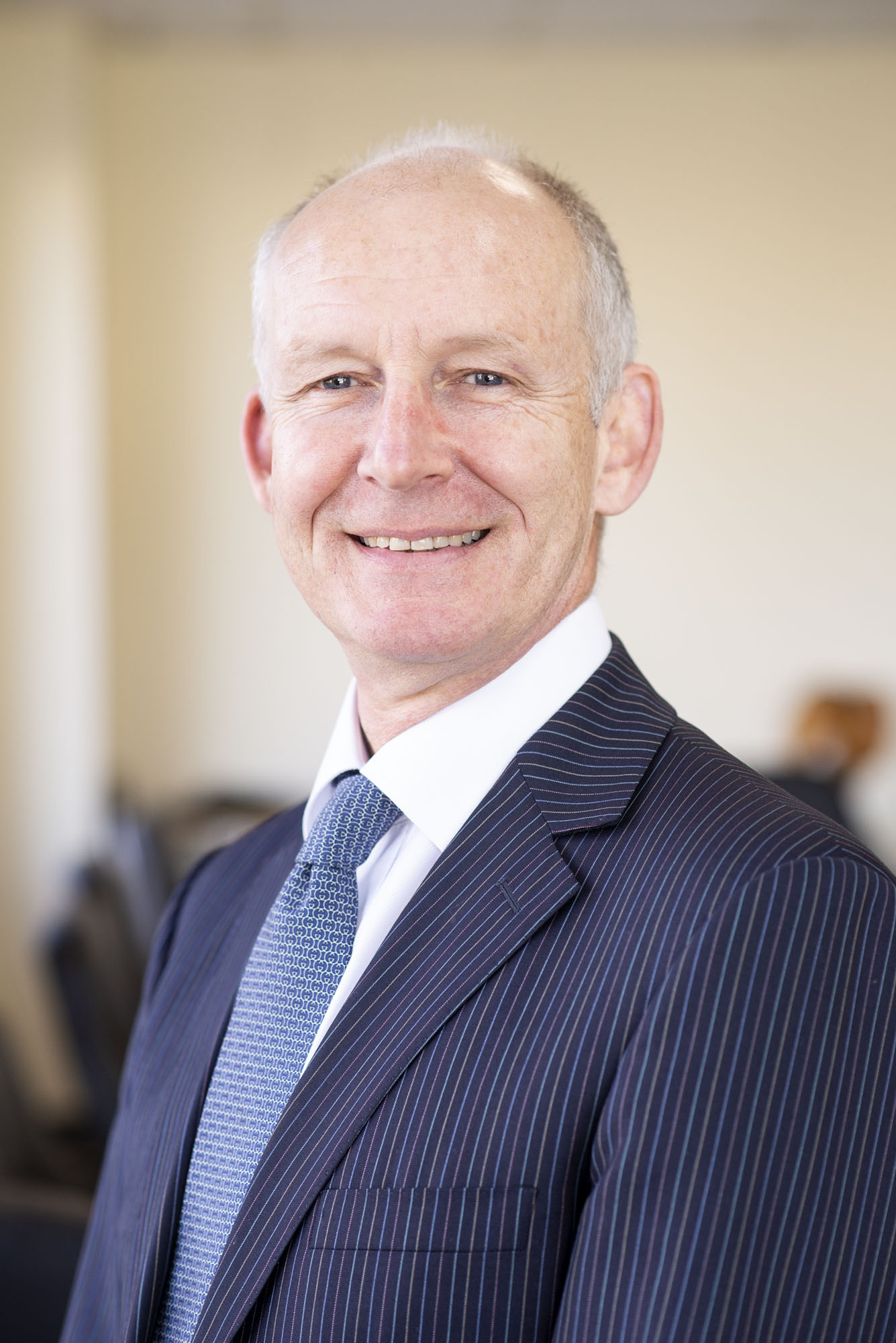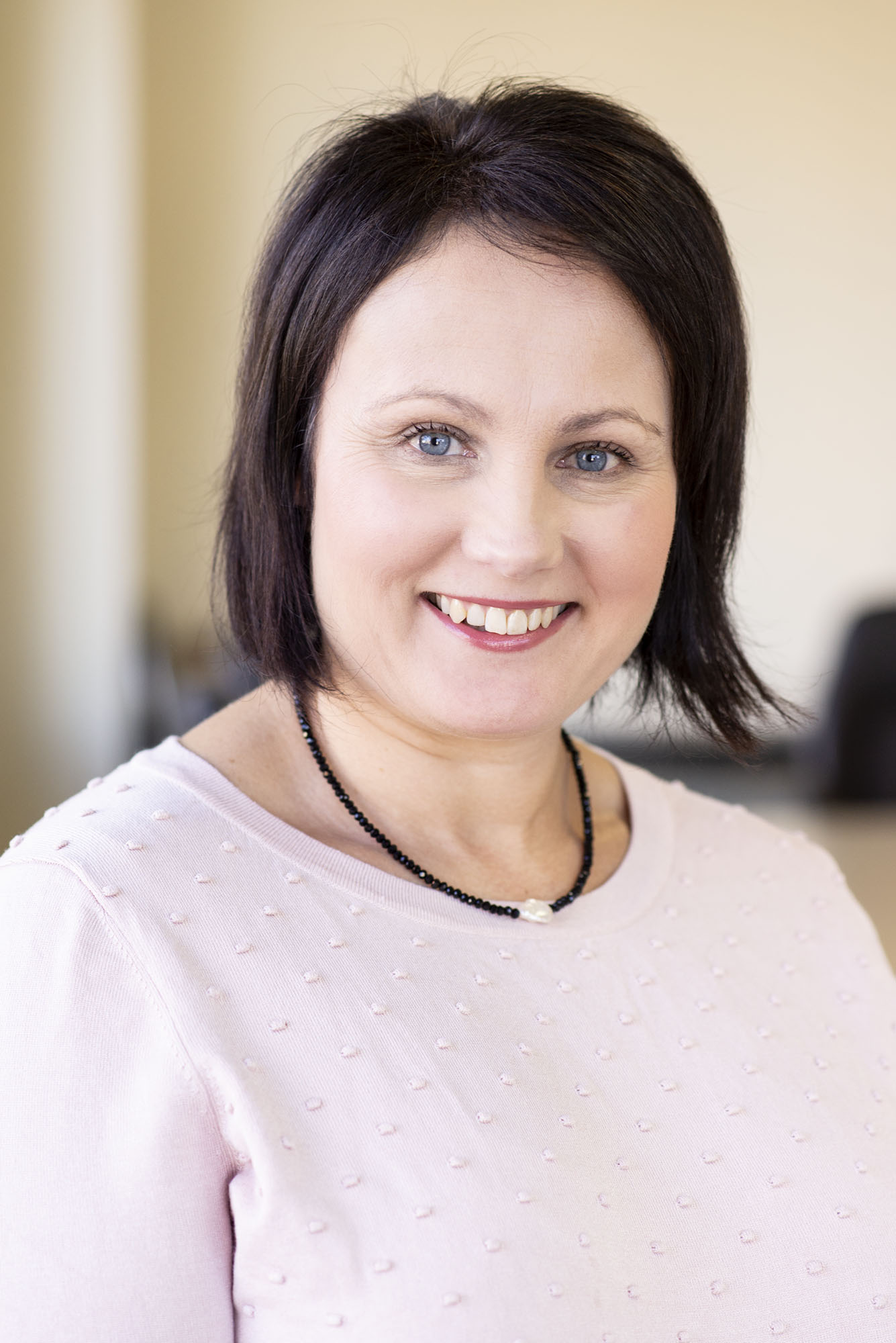Verified fees
What is the verified fees model?
All the courts have scales of fees setting out the charges for the work that lawyers do, such as seeing clients, reading documents, writing documents, considering issues, and so on.
We engage external lawyers, trained and experienced in the costing of legal files, at our cost to review our files. Based on what they see on the files, they calculate the fees based upon the court scales. The costs lawyer has regard to the evidence of the work on the files that we keep, and not the time records of the firm.
We use the scales of the Supreme and County Courts. As a guide the hourly rate, including GST for the Supreme Court Scale is $425 and the County Court is $340 for 2021.
Disruption: Commercial television
What difference does it make to follow a verified fees model?
- We can only charge for reading documents once, unless there is a change from a client or the other side. If there is a change, it has to be documented, and then we can only read the documents that relate to that change.
- To prove we have read the documents, the file has to show evidence that we have considered them. If the documents and the file suggest that we have scanned them then we can only recover a lower scale rate for scanning the documents.
- If the file shows we did not read the documents at all then we cannot charge for reading them.
- Unless there is some very good justification on the file, we can only charge for one person in a meeting. More than one person is our cost not yours.
- Communications between lawyers which relates to our work load, or is duplication, will not be allowed by a costs lawyer.
- Any time spent by lawyers learning the file or learning the law will not be allowed by a costs lawyers.
- We cannot charge for research, unless the legal issues are quite unique to the case.
- We cannot charge for drafts of documents.
We take the verification process very seriously
Qantas takes the performance of its pilots seriously. A Qantas pilot is reviewed, and the reviewers are also reviewed. Our lawyers are reviewed by our costs lawyer. Our costs lawyer is then reviewed at least every year by another costs lawyer. The second costs lawyer is required to check and verify that the methodology and record keeping of the first costs lawyer is correct and accurate.
Disruption: The first use of credit cards
Two questions arise from this
Why can we do this?
We can do this because we set up the firm from scratch. We do not have the following “baggage” of the established firms:
1. Human resource staff
We measure the quality of our people by comparing the time records we keep internally with the scale fees determined by the legal costs lawyer. Absent an explanation (which is done at our cost, not the clients) the two numbers should be approximately equal. With that data we do not need Human Resource staff who are not trained lawyers and who have never actually read a legal file.
2. Business development staff
Once clients see the independently determined fees, the work sells itself.
3. Expensive fit outs, long leases, and make good obligations
These costs are a noose around a lawyer’s neck and encourage them to find the “long way home”. We are and always will be a small team or a series of small teams in premises that do not have these environmental catastrophes.
4. Chief Operating Officers and Finance managers
We do not do substantial fixed costs. The fees are determined by others based upon the scales of costs laid down by the courts, and the evidence on the file. There is nothing left to manage.
5. IT managers
We use well made “off the shelf” hardware and software. We adapt our business to them. There is no need for anything that is custom made that would be expensive, risky and not our business.
6. Artwork, catering staff, and views of the ocean
A client does not get better legal advice from any of the above. The staff do not perform any better, and they would be paid less by virtue of the expense.
7. A brand name that is expensive to “keep in the air”
As you will see from a Frequently Asked Question, our brand name is satirical. Like all other major brand names, we actually have no connection to our name at all. You will never find our brand name on a building.
One frequently asked question
How did you think of the name and what does it mean?
The movie “Bohemian Rhapsody” disclosed that the late Freddy Mercury thought of the name “Queen” because it was the most ‘over the top’ name he could think of at the time.
When the firm was established in October 2017 we considered that the best way to communicate the difference we were going to create was through satire. Established professional firms sell themselves on the basis of brand names that are expensive to maintain and communicate some connection to a founder who founded their firm some decades or even centuries ago. This firm is named after Sir Robert Walpole, the longest serving Prime Minister of the UK, and Sir Robert Menzies, the longest serving Prime Minister of Australia. They lived about 230 years apart in different hemispheres. Needless to say we have absolutely no association with either of them!
Disruption: Personal computers
Why do we do this?
We do this because:
- It is for the benefit of the justice system. At university all lawyers are taught that they are to be “officers of the court”, acting in the interests of justice at all times. We are just “walking the talk”.
- It is for the benefit of the clients. Most matters have an “how long is a piece of string” aspect to them and the client must wonder “did the lawyer choose the quickest way home” or “the most remunerative way home”. Our lack of fixed overheads make it attractive for us to find the quickest way home and the cost lawyers check that we have done it.
- The business model is in fact not new. When the principal was educated in the 1980s it was normal to run a legal firm like this. Most lawyers had recourse to the scales laid down by the courts.
- It is a blue ocean strategy.
What is a blue ocean strategy?
In 2005 having studied over 150 disruptive businesses, Professors Kim and Mauborne of INSEAD published “Blue Ocean Strategy”. In substance Kim and Mauborne identified characteristics of companies that had been successful as disrupters. Disrupters as diverse as Curves Gym in the US, and QB House, a Japanese barber.
The common threads of these disrupters were that they had identified either a customer base that had not been previously identified, or an existing customer base that wanted something that was not provided. But the customers did not know that they wanted it.
The businesses then met the untapped need and protected their position with an extremely low cost base.
QB House disrupted the market of male hairdressing in Japan. In 1996 a male getting his hair cut in Japan by culture and tradition involved massage, hot towels, and herbal tea. The whole process took an hour and cost ¥3000. QB House did away with the cultural expectation. The process took 15 minutes. The price dropped to ¥1,000 and the people who actually did the work, the barbers, were paid twice as much.
By 2015 there were 463 outlets for QB House in Japan, and 79 in Hong Kong, Singapore and Taiwan.
In the case of Curves Gym, the customers were women who wanted a small gym, close to home that was economical, with no men. As the set up costs of a small gym were small compared to larger gyms, the price of membership was a lot less. Between 1995 and 2015 Curves accumulated 4 million members.
Walpole Menzies is a blue ocean strategy because it is doing away with the culture and tradition that has grown up in the legal profession globally since the early 1990s with higher and higher overheads matched by higher and higher fees. The “baggage” that we will not tolerate referred to above is to the legal profession as the hot towels, massage, and herbal tea were to the Japanese male hairdressing market in 1996. Like QB House, our clients expect to pay less and our staff expect to be paid more. Like the women who were attracted to Curves gyms, our clients want a small, nimble, cost effective legal firm that meets their needs and only their needs.
Who we are
Disruption: Commercial television







